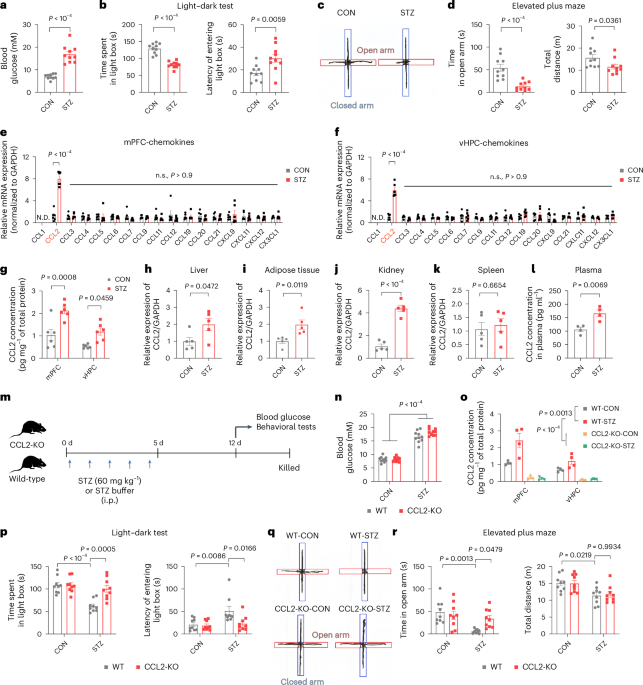Diabetes mellitus, a significant global health issue, is closely linked to increased rates of anxiety disorders among patients. Epidemiological studies estimate that around 100 million individuals living with diabetes experience anxiety-related symptoms. Research on animal models, particularly diabetic mice, indicates that anxiety-like behaviors are prevalent in those genetically predisposed to diabetes. While central insulin resistance was previously thought to contribute to these anxiety disorders, recent findings suggest that hyperglycaemia, a key characteristic of diabetes, may play a more direct role.
Hyperglycaemia affects brain function by altering glucose availability, which is crucial for brain energy. Patients with diabetes often report a decline in their well-being correlating with higher blood sugar levels, which resembles anxiety symptoms. A population-based study indicates that the use of sodium-glucose cotransporter 2 (SGLT2) inhibitors, a class of medications that lower glucose levels, is associated with a reduced risk of mood disorders in diabetic patients.
The relationship between hyperglycaemia and anxiety disorders necessitates further investigation into underlying mechanisms. Neuroimmune interactions, particularly involving chemokines—molecules that mediate inflammation—are believed to bridge metabolic disturbances and mental health issues. Among the chemokines, CCL2 has emerged as a focus due to its increased levels in both diabetic and psychiatric populations.
Research findings reveal that CCL2 levels rise significantly in the brains of diabetic mice compared to healthy controls. This increase correlates with the manifestation of anxiety-like behaviors in these models. Experiments showed that diabetic mice exhibited notable anxiety in behavioral tests, such as the elevated plus maze and open field tests, compared to non-diabetic controls. Notably, the anxiety observed was not due to physical illness, as diabetic mice did not show significant differences in motor activity compared to healthy mice.
To determine the necessity of CCL2 in the development of anxiety related to diabetes, researchers created CCL2 knockout mice. In normal conditions, these mice displayed no significant differences in anxiety-like behaviors compared to their wild-type counterparts. However, under diabetic conditions, the absence of CCL2 markedly reduced anxiety-like behaviors, indicating that elevated CCL2 levels directly contribute to anxiety in diabetes.
Further analysis revealed that the anxiety response in diabetic mice was primarily mediated by central, not peripheral, CCL2. Treatments that neutralized peripheral CCL2 did not alleviate anxiety-like behaviors, supporting the notion that central CCL2 plays a critical role in the anxiety response in diabetes.
Investigations into how hyperglycaemia influences CCL2 expression identified TonEBP as a key transcription factor. Elevated TonEBP levels were found in the medial prefrontal cortex and ventral hippocampus of diabetic mice, suggesting it may regulate CCL2 expression in response to high glucose conditions. Neuronal cultures exposed to high glucose levels showed increased CCL2 production, affirming the link between elevated blood sugar and neuroinflammation.
These findings underscore the necessity for further studies to explore the relationship between hyperglycaemia, CCL2, and anxiety disorders, potentially leading to new therapeutic strategies for managing anxiety in diabetic patients. Understanding this connection could inform treatment approaches that address both metabolic and mental health challenges in diabetes.



